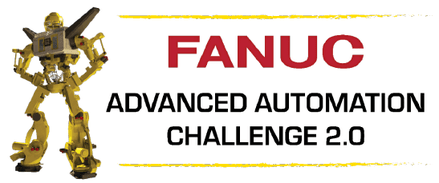 The FANUC Advanced Automation Challenge 2.0 invites all CERT schools to work with local industry to create problem solutions. This challenge provides students the opportunity to improve their STEM skills and become familiar with the advanced manufacturing industry. This challenge encourages students to work with manufacturers to design a solution or solve a problem using FANUC products or an integrated solution with technology from FANUC, Rockwell, Cisco or Lincoln. Students (aka “Tomorrow’s Innovators”) will have the opportunity to test their STEM (science, technology, engineering, math) skills and critical thinking abilities. Students will interview a manufacturer to learn about their processes and consider potential opportunities to apply their skills and knowledge. Students will use their school’s robot, CNC, or advanced manufacturing technology to develop/design a workable solution and provide a demonstration. Creativity is encouraged - students decide how simple or complex their solution is. The goal of this open-ended challenge is to change the perception of what todays advanced manufacturers looks like and introduce manufacturers to Tomorrow’s Innovators. This challenge will prepare them for exciting STEM career opportunities, develop their problem-solving skills, and introduce them to real-world advanced manufacturing applications. Manufacturers need a workforce that is prepared to work in the new, Smart Factories of Industry 4.0. FANUC, together with Rockwell Automation, Cisco Systems, and Lincoln Electric, are committed to supporting education programs that serve the needs of the advanced manufacturing industry. Awards will include a FANUC Robot, a FANUC CNC Simulator, a Rockwell PLC/HMI package, FANUC Simulation software, and technology from Cisco and Lincoln, representing over $100,000 investment in STEM education programs.
0 Comments
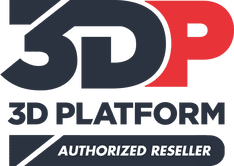 If you have been in the market for a large-platform 3D printer, we have exciting news! Moss now partners with 3D Platform, a leading manufacturer of large-scale, industrial-class 3D printers. 3DP’s flagship 3D printer, the 3DP1000, offers a large build area of 1 meter x 1 meter x 0.5 meter. (To put this in perspective, this is more than 70 times the size of the average desktop 3D printer!) 3D Platform is committed to building on industrial strength linear motion components, actuators, and motors while maintaining affordable flexibility with open market software and control solutions. They offer helpful How-To training, videos, and FAQ on their website. Learn more - contact Moss today to learn about the most reliable, large format 3D printer in its class:
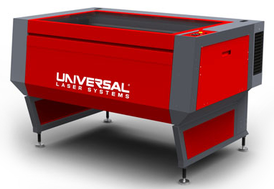 Universal Laser Systems is known for quality, versatility and reliability. Investing in a premier, cutting edge laser cutting and engraving system is only half the battle - maintaining is a necessary component to ensure your laser is able to provide optimal performance. A robust maintenance program is a huge step toward that objective. Rest assured - maintenance doesn't have to be expensive to be effective. Our partners at Universal Laser Systems has set out to provide a DIY guide to maintaning your laser's performance with a series of tips and suggestions written by their expert support team to help you keep your laser system in tip-top shape. Since fine-tuning is often the key to obtaining the best quality, we want to be sure you have a mixture of the most up-to-date information and fine-tuning suggestions cultivated by our team through collective years of experience. Check out the first installment in this series, which pertains to maintaining optics. Have a question for the ULS service team? Send them to Moss and you may be featured in an upcoming edition! The Great Debate – Additive vs. Subtractive Manufacturing (What Your Students Need to Know!)12/1/2016 Experts are discussing an important shift in manufacturing technology: which is more beneficial, additive or subtractive manufacturing. Let's face it - it's a crowded field, full of technologies and applications. Fictiv discusses the future of production in this blog post, and how people are choosing technology for tomorrow’s industry. In today’s maker-climate, each technology has advantages, and implications for your students.
Additive Manufacturing Additive manufacturing is another term for 3D printing, and can use a variety of materials and printers. 3D printing has always been very useful for rapid prototype development, but it is starting to make its impact on the manufacturing world as well. Materials such as PLA and ABS plastics, as well as composite and metal materials improve printing. 3D printing is used as a step in the design process in companies ranging from Nike to Ford. Designers will print a prototype and use a 3D rendering to test and develop and enhance in a way that drawings can’t duplicate. Prints are faster and cheaper to produce than traditional machine tooling. The precise dimensions (often printed in color) provide a realistic model for designers and engineers to manipulate. Subtractive Manufacturing Subtractive manufacturing is a process by which 3D objects are constructed by successively cutting material away from a solid block of material. Subtractive manufacturing can be done by manually cutting the material but is most typically done with a CNC Machine. One of the advantages of subtractive manufacturing is the variety of materials that can be used, from wood and metal to plastics and acrylics to plasma. (Finer applications such as laser engravers work with an even wider array of materials.) CNC is widely used in manufacturing, and can be found in most facilities. Necessary Skill Set There is ongoing conversation about which method is more prevalent in the future of manufacturing. In reality, both have a place in 21st century manufacturing, which is why your students should be familiar with both technologies. In order for someone to comfortably use either technology, they need a solid understanding of design and CAD (Computer Aided Drafting) programs, as well as a familiarity with engineering principles so they can understand and develop using the best materials for the project. CNC operators should have a mechanical aptitude, and be able to read blueprints and drawings. Learn More You can give students hands on experience with both additive manufacturing (3D printing) and subtractive manufacturing (CNC). Moss partners with the following companies to provide cost-effective classroom solutions:
Whether you are building a Makerspace of Fab Lab, you have undoubtedly considered a CNC Router. CNC technology is a key component of fabrication, but the technology is as diverse as the applications. CNC equipment is designed to route, carve, drill, and engrave in wood, plastic, foam, aluminum and other materials for a wide range of applications.
CNC routers, plasma cutters and laser equipment make it easy and exciting for educators to prepare students for the technical manufacturing jobs of tomorrow. Students understand modern manufacturing challenges, turning design concepts into reality on industry standard equipment. Choosing a CNC Router When choosing a CNC Router, consider the following components:
At Moss, we represent Techno CNC Systems, FANUC, and ez Router – we can provide options based on your program goals and budget considerations. Let us help you develop your FabLab or Makerspace. Tell us – what is the single biggest consideration you have when looking at CNC Routers? If you have a FANUC CERT program, you already know the benefits of adding robotics to your training programs. With FANUC America's educational products, students can learn to utilize the latest automation technology in robots, CNC, ROBODRILL, and integrated solutions while applying science, technology, engineering, and math (STEM) skills. Some of the successful approaches used by educational institutions are:
Are you getting the most out of your robotics program? Maximize your program with one or more of the following tools:
These are just a few of the options available for FANUC CERT training programs. Let us help you customize and enhance your program, while improving student outcomes. Contact Moss today for competitive pricing. Does your design and engineering program have a Fab Lab? If not, your students may be missing some key opportunities. Fab Labs are popping up in colleges and technical centers, offering tools and technology enabling students to create and refine. A Fab Lab, short for Fabrication Lab, is ideal for students to design and create prototypes, and is filled with tools designed to enable students through the design process. Fab Labs are most popular in schools with strong engineering and design progams.
While each Fab Lab is different, they have similar components. If you are designing a Fab Lab, consider implementing these elements:
Fab Labs can complement in-class instruction, and provide a “lab” environment for coursework. We want to hear from you – are you considering adding a Fab Lab? What tools are you looking for to complete (or begin) your Fab Lab design? |
AuthorYou have questions about STEM education? You're not alone! We're here to share ideas and provide thought-provoking commentary. Let us know your thoughts! Sign Up for Email Updates For Email Marketing you can trust. Categories
All
Archives
February 2017
|
- Home
-
K-12
- College
- Industry
- Certifications
-
Partners
- Afinia-3D Printing
- Amatrol-Manufacturing Training Equipment
- Apolo Studios- Welding Simulation
- Bantam Tools - CNC
- CEF-Custom Educational Furniture
- DAC Worldwide-Manufacturing Training Equipment
- Greene Manufacturing Inc - Furniture
- Iconic CNC
- Interior Concepts-Furniture
- MSSC Certifications
- MINDS-i Education
- Pitsco Education-STEM
- SimLog-Heavy Equipment Simulation
- Stokes Robotics
- Techno CNC Systems
- Universal Laser Systems
- VictoryXR - Virtual Reality
- WB Mfg - Furniture
- Funding
- Contact
- About
- Home
-
K-12
- College
- Industry
- Certifications
-
Partners
- Afinia-3D Printing
- Amatrol-Manufacturing Training Equipment
- Apolo Studios- Welding Simulation
- Bantam Tools - CNC
- CEF-Custom Educational Furniture
- DAC Worldwide-Manufacturing Training Equipment
- Greene Manufacturing Inc - Furniture
- Iconic CNC
- Interior Concepts-Furniture
- MSSC Certifications
- MINDS-i Education
- Pitsco Education-STEM
- SimLog-Heavy Equipment Simulation
- Stokes Robotics
- Techno CNC Systems
- Universal Laser Systems
- VictoryXR - Virtual Reality
- WB Mfg - Furniture
- Funding
- Contact
- About

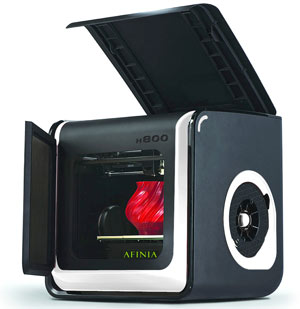
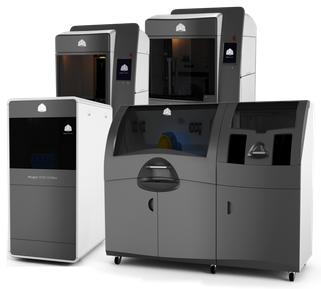
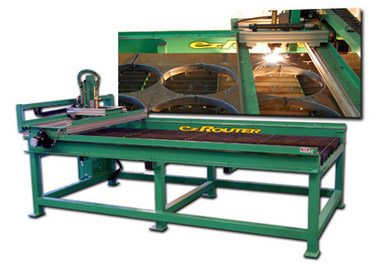
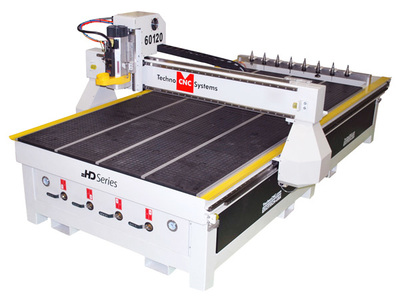
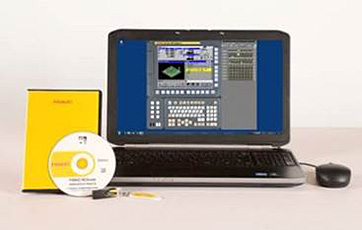
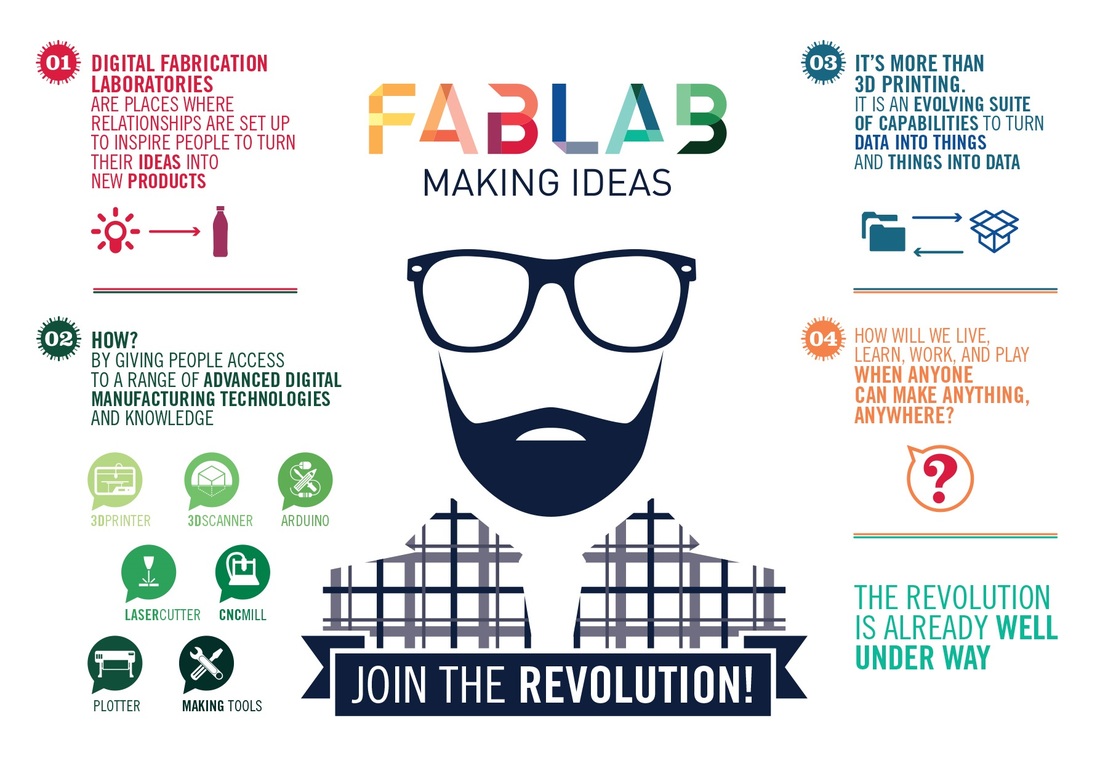
 RSS Feed
RSS Feed
